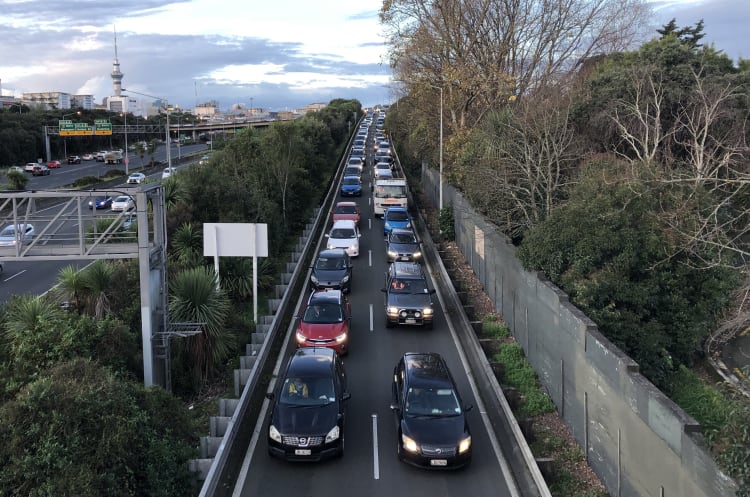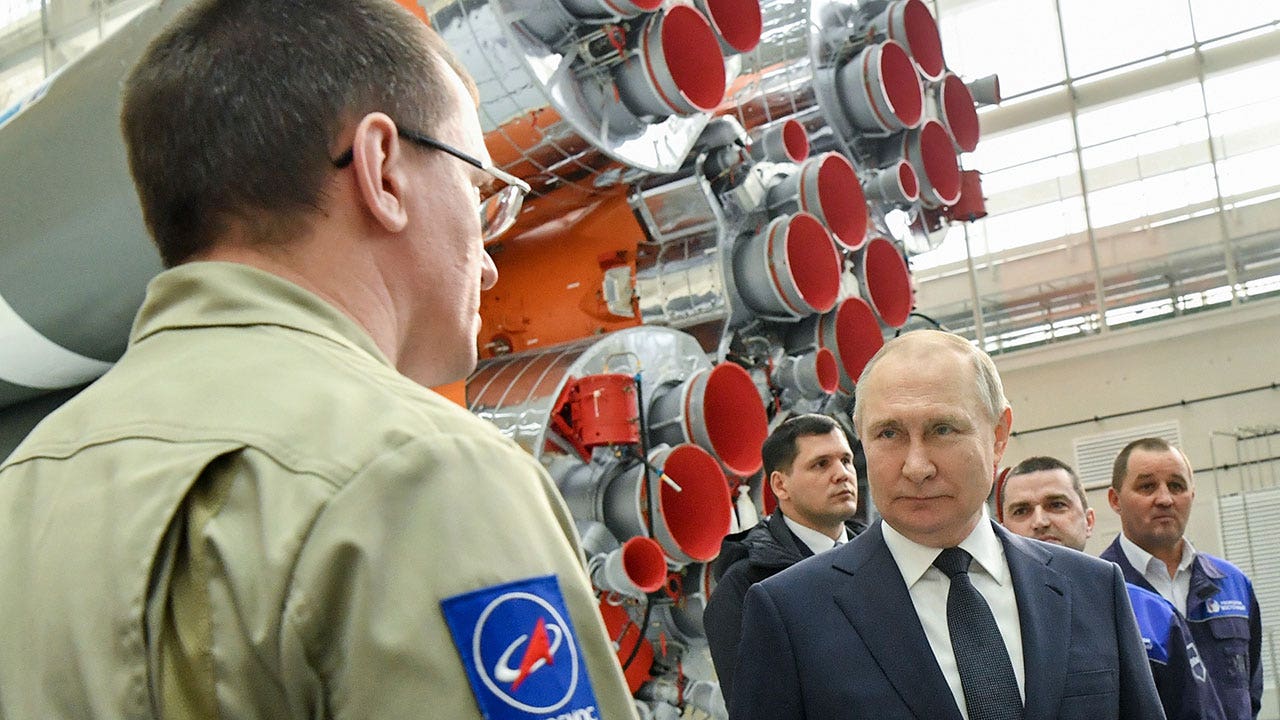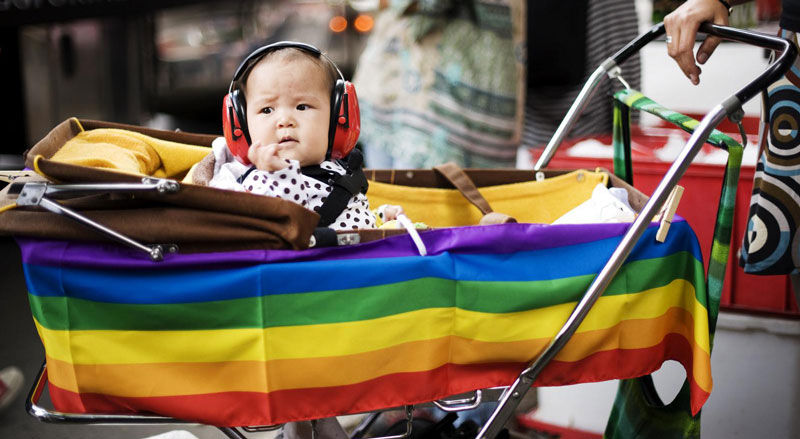Campaign Seeks Permanent Free Fares
Transport
Public transport proponents will petition the Auckland City Council today to see free travel afforded to four groups of Aucklanders
With rising costs of living and a nod of the head to public transport users in this year’s budget, the price of using Auckland’s buses, trains and ferries has come under some bright spotlights lately.
But while the Budget offered two-months at half-price fares and a permanent 50 percent discount for Community Services Card holders, a coalition of over 60 student associations, churches, unions, local authorities and community groups is appearing in front of the Auckland City Council today to appeal for more.
The Aotearoa Collective for Public Transport Equity is presenting its Free Fares campaign to the planning committee of the council, calling for free fares on public transport around the country for Community Services Card holders, tertiary students and under-25s.
The group wants public transport for the above groups fully funded by central government, and wants Auckland Council to pass a formal resolution of support.
It’s part of a campaign that has garnered almost 14,000 signatures, with the group saying this move is a necessary step towards lowering greenhouse gas emissions and promoting transport equity across the city.
Transport is Auckland’s biggest source of emissions, with 43.6 percent of the city’s emissions coming from transport in 2020 and 86 percent of that coming from travel by road.
With a Climate Action Plan target of 50 percent emission reduction by 2030 and zero emissions by 2050, collective member Francesca Frandi said the Budget’s concessions towards public transport were a small step in the right direction, but not enough.
“2050 might sound like a long way away but it’s not,” she said.
While 21 percent of New Zealand’s carbon emissions come from transport, 70 percent of this comes from private vehicles. The collective wants to see free public transport as a part of the Climate Action Plan.
Reducing reliance on private transport is already a significant part of the Emissions Reduction Plan. Right now, public transport makes up 3.5 percent of the total distance travelled by New Zealanders across all options. The ERP seeks to double that by 2030.
This means the plan looks to triple public transport use in Auckland over the next eight years.
The coalition agreed with the focus on increasing public transport use, but said effective policies will be required to create a change on this scale.

Frandi says the the group hopes to build support in anticipation of the local body elections in October.
“We’ve already reached out to local councils to good support,” she said. “We want to plant that seed before the local elections.”
Auckland’s travel inequities are defined by two main factors. These are transport disadvantage, where a lack of transport choice limits people’s options to participate in everyday activities, and transport poverty, where people deal with a lack of transport choice by paying more than what they can afford to get around.
Nationwide, low-income households spend 28 percent of their budget on transport, compared with 8 percent for high-income households.
In Auckland, this normally means running a car. In a 2020 report from the Ministry of Transport, specific groups of Aucklanders were found to experience travel inequity more often than others.
These included Māori, who were more likely to have a lower income and live in areas not well-served by public transport, and women who work part-time and have caring responsibilities.
Other groups less well-served by the city’s current transport options included older people and disabled people, who may have specific needs for accessibility.
One of the report’s many recommendations was investigating the increase of public transport subsidies for low-income people.
Living in a South Auckland suburb, Frandi said she has seen the effect of distance and spotty public transport coverage on young mothers taking their kids to primary school on buses in the rain.
Cutting fares by half across the country for three months was estimated to cost between $25 million and $40 million, which if extrapolated out to a full year of free fares would be between $200 million and $320 million. These figures were the costs for the system during Covid restrictions, when public transport use had dropped considerably.
A trial for free fares for children in the Bay of Plenty in 2020 saw an increase in public transport use by 40 percent. The trial has since been made permanent.
Other examples around the world held up as experiments include Tallinn in Estonia, where free public transport saw a 14 percent rise in use after a year. Satisfaction and popular support of the system increased during the year, and low-income citizens reported improved mobility.
However, it wasn’t some panacea for all problems of income inequality, with no indication that employment opportunities, for example, improved as a result.
In Templin, a small German city of around 15,000 people, a free fares system back in 1997 saw use increase by 1200 percent within three years, with the vast majority of new users being young people. One caveat was that this did come with an increase in vandalism.
The Free Fares movement is particularly focused on getting young people on buses and trains, believing early familiarity with public transport breeds lifelong use.
In a document provided to the council in anticipation of today’s presentation, the coalition stressed it is essential for incentives to target young people and embed sustainable behaviour.
“Free fares can create public transport users for life.”
Public transport has come under greater focus by the Auckland Council as changes to the Auckland Unitary Plan ushered in by new urban intensification policies from central Government determine to what extent mass transit corridors will allow for development across Auckland’s suburbs.
These are changes that would follow much development at what used to be the edge of Auckland, meaning more and more people are travelling across a greater expanse of the city each day.






